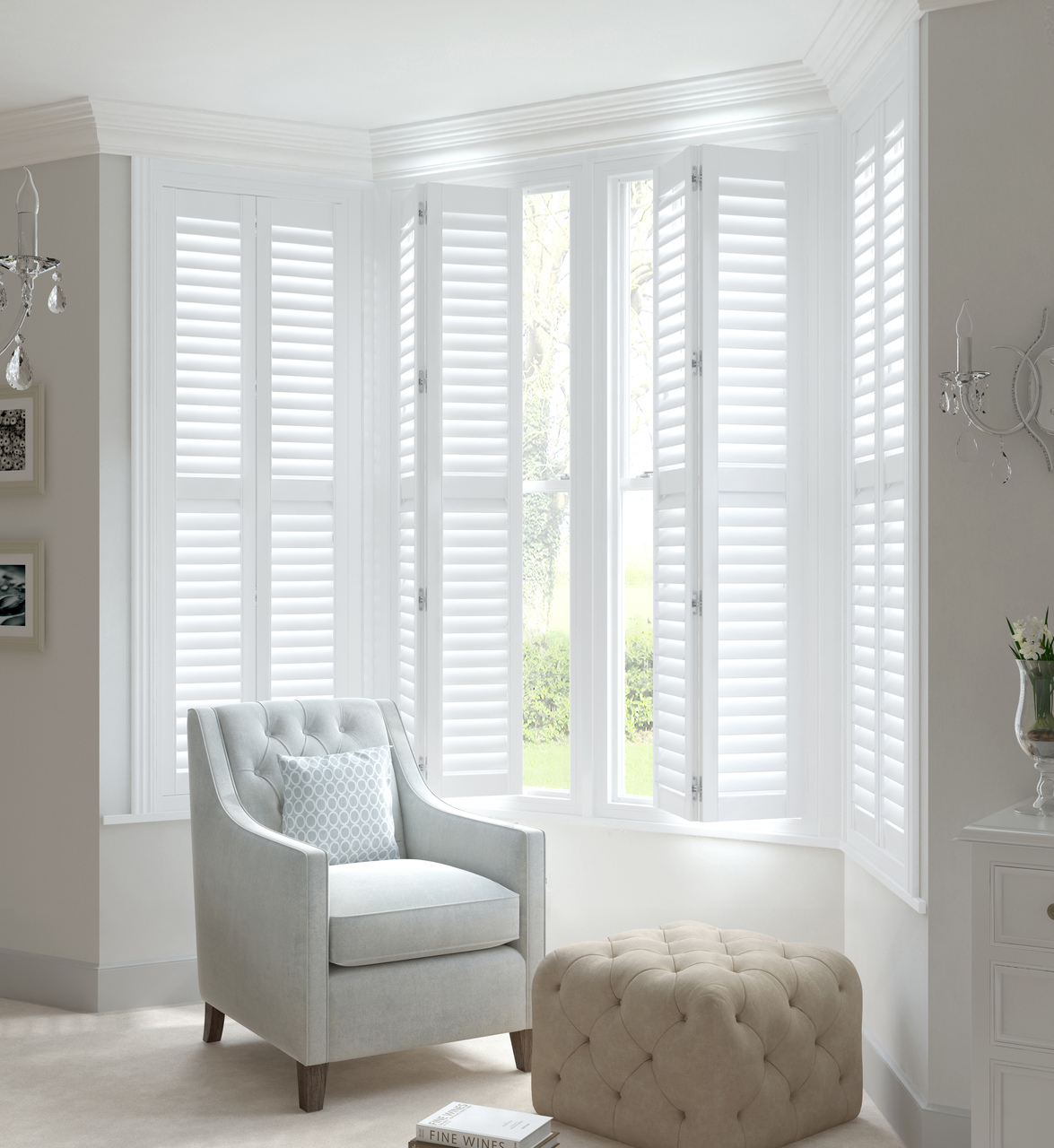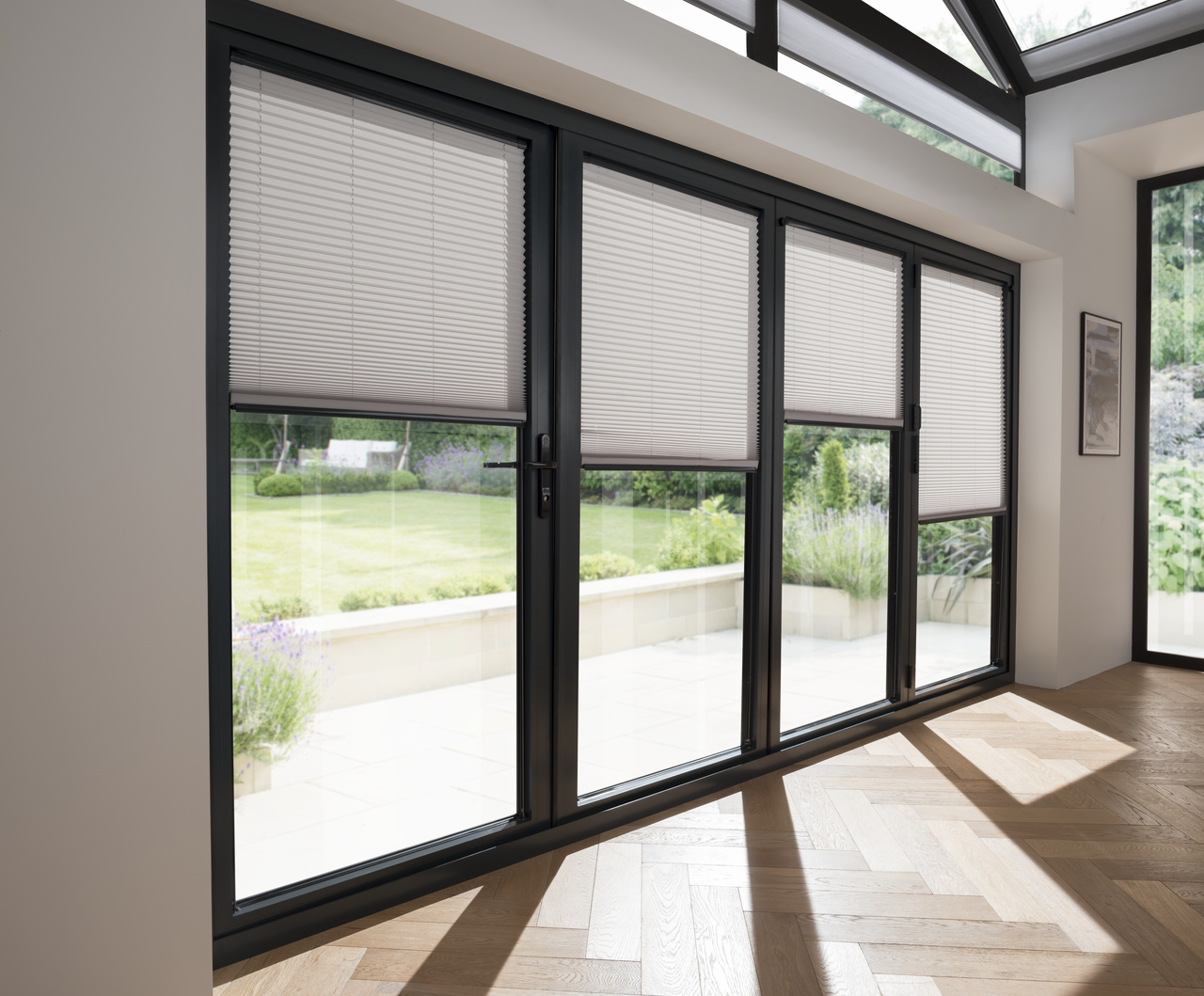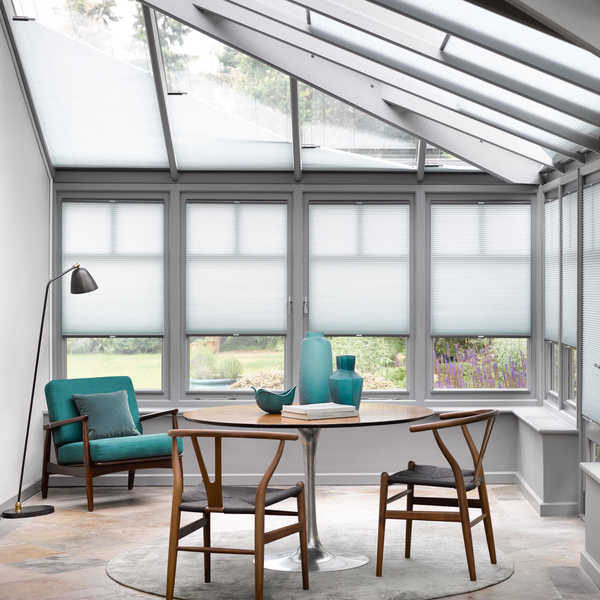Almost every colour can be made to work with any one other colour – the secret is in choosing the right shade of each colour, rather than the colour itself. One of the best ways to do this is by looking at a colour wheel, which illustrates the relationship between colours. This way, you can actually see how the colours interact with each other and understand why. For example, blue and orange are opposite one another, making them complementary colours, likewise yellow/violet and red/green. Strong colours at their brightest shades, but the pairing works well for a modern look, but you need paler shades to make them compliment one another, rather than contrast with each other.
Colours which sit adjacent are analogous – use these to create highlight, or to vary the tone in the room. This is an ideal way to soften bold or bright colours, by simply choosing a shade at the farthest end of the same spectrum – so look to violet or orange-reds to take the heat out of primary shades of red. Once you've got the look you like, it's just a case of transferring this knowledge to window coverings. Nothing says you must have matching blinds either, so be bold; choose colourful blinds, choose different colour blinds, choose what works for you and for your room.









